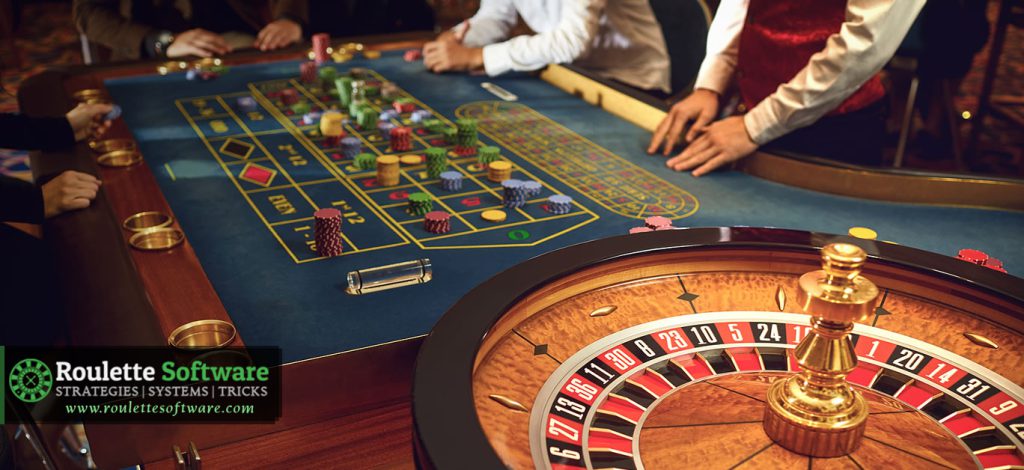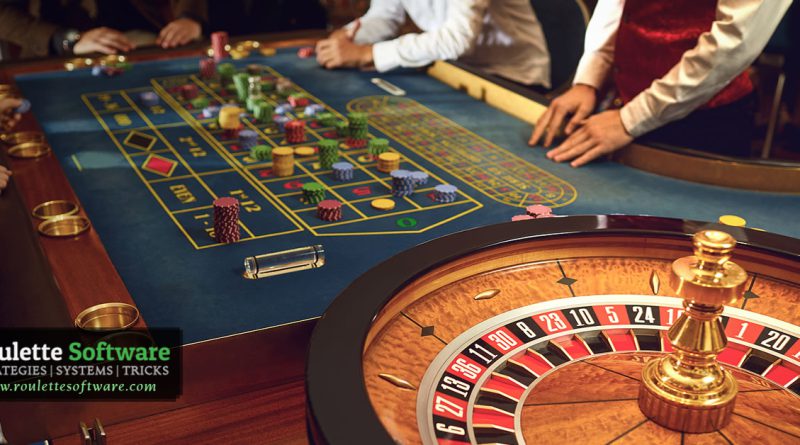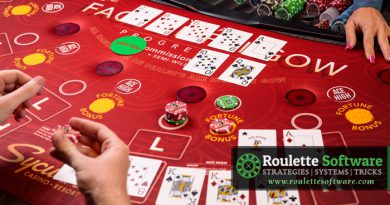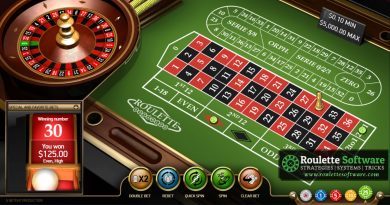Introduction: Roulette Tables
Roulette tables have long been an essential element of casinos around the world. The combination of suspense, excitement, and simple gameplay makes roulette an attractive option for both experienced and novice gamblers alike. In this article, we will delve into the world of roulette tables, the roulette wheel, and the roulette layout, explaining their intricacies and providing tips to help you better understand this classic casino game.
Keywords: roulette tables, roulette wheel, roulette layout
Section 1: Roulette Tables – A Closer Look
Roulette tables are designed to facilitate smooth gameplay and enable players to place their bets quickly and easily. The main components of a roulette table include the betting area (the layout) and the roulette wheel. The layout features a grid with numbers from 1 to 36, along with a single zero (0) in European roulette or a double zero (00) in American roulette.
On the table, players can place their bets on individual numbers, color (red or black), odd or even, and groups of numbers. The croupier, or dealer, spins the roulette wheel in one direction while rolling the ball in the opposite direction. The winning number is determined by the pocket in which the ball finally comes to rest.
Section 2: European vs. American Roulette Tables
While the general concept remains the same, there are key differences between European and American roulette tables. European roulette features a single zero (0) pocket, which gives players slightly better odds of winning compared to the American version. American roulette tables, on the other hand, feature both a single zero (0) and a double zero (00) pocket, which increases the house edge.
The layout of the numbers on the roulette wheel is also different in European and American versions. In European roulette, numbers are placed in a specific, balanced sequence, while American roulette features numbers positioned in pairs opposite each other.
Section 3: Understanding the Roulette Wheel

The roulette wheel is a crucial component of the game and plays a significant role in determining the outcome of each spin. There are 37 pockets on a European roulette wheel (1-36 and 0) and 38 pockets on an American roulette wheel (1-36, 0, and 00). The pockets are colored alternately red and black, with the zero(s) being green.
The numbers on the wheel are arranged in a specific order to ensure a balanced distribution of red, black, odd, and even numbers. In European roulette, the sequence starts with 0, then alternates between even and odd numbers. In American roulette, the numbers are placed in pairs opposite each other, with the 0 and 00 pockets opposite each other as well.
Section 4: Deciphering the Roulette Layout
The roulette layout is the betting area on the table where players place their bets. It is typically divided into two sections: the inside bets and the outside bets.
Inside bets are placed directly on the numbered grid, offering higher payouts but lower odds of winning. They include:
Straight Up: A bet on a single number.
Split: A bet on two adjacent numbers.
Street: A bet on a row of three numbers.
Corner: A bet on four numbers forming a square.
Six Line: A bet on two adjacent rows of three numbers.
Outside bets are placed on the outer part of the layout and offer lower payouts but higher odds of winning. They include:
Red or Black: A bet on the color of the winning number.
Odd or Even: A bet on whether the winning number will be odd or even.
High or Low: A bet on whether the winning number will fall within 1-18 (low) or 19-36 (high). 4. Dozens: A bet on a set of 12 consecutive numbers (1-12, 13-24, or 25-36).
Columns: A bet on a vertical column of 12 numbers on the layout.
Understanding the different types of bets and their respective payouts is essential for developing a successful roulette strategy.
Section 5: Roulette Table Etiquette
To ensure a pleasant and enjoyable experience at the roulette tables, it’s essential to follow proper etiquette. Some basic etiquette rules include:
Wait for the dealer to announce “Place your bets” before placing your chips on the layout.
Do not touch other players’ chips on the table.
Avoid placing late bets after the dealer has announced “No more bets.”
If you need to change your chips or buy more, do so between spins when the dealer is not occupied.
Always be respectful to the dealer and other players at the table.
Section 6: Tips for Playing Roulette
While roulette is largely a game of chance, there are a few tips to keep in mind that can improve your experience and increase your chances of winning:
Familiarize yourself with the different types of bets and their payouts.
Opt for European roulette tables when possible, as they offer better odds compared to American tables.
Set a budget and stick to it, avoiding the temptation to chase losses.
Consider implementing a betting strategy, such as the Martingale or Fibonacci system, to manage your bets effectively.
Remember that roulette is a game of chance – enjoy the experience and don’t get too caught up in the outcome of each spin.
Conclusion
Roulette tables, the roulette wheel, and the roulette layout are integral components of this classic casino game. By understanding the differences between European and American roulette tables, mastering the roulette layout, and following proper etiquette, you can enhance your overall roulette experience. Remember to set a budget, play responsibly, and most importantly, have fun!











